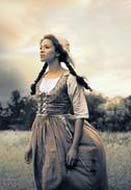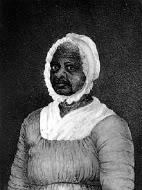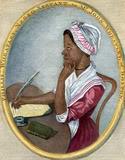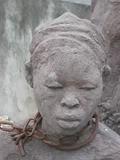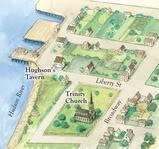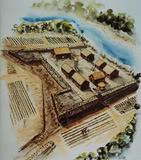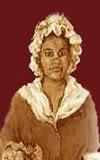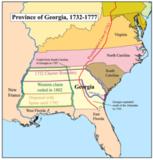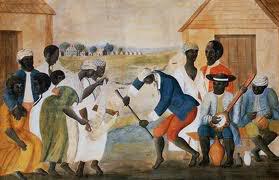Thomas Jefferson’s Slave and Mistress Sally Hemings was the daughter of Elizabeth Hemings and, allegedly, John Wayles, Thomas Jefferson’s father-in-law – Elizabeth Hemings and her children did live at John Wayles’ plantation during his lifetime. In 18th-century Virginia, children born to slave mothers inherited their legal status, therefore Elizabeth and Sally Hemings and all their children, were legally slaves, even when the fathers were their white masters. If Sally Hemings’ father was John Wayles, she would have been the half-sister of Thomas Jefferson’s wife, Martha Wayles Jefferson. After Wayles died in 1773, Martha inherited the Hemings family; when Martha died in 1782, she left the Hemings family to Thomas Jefferson.
